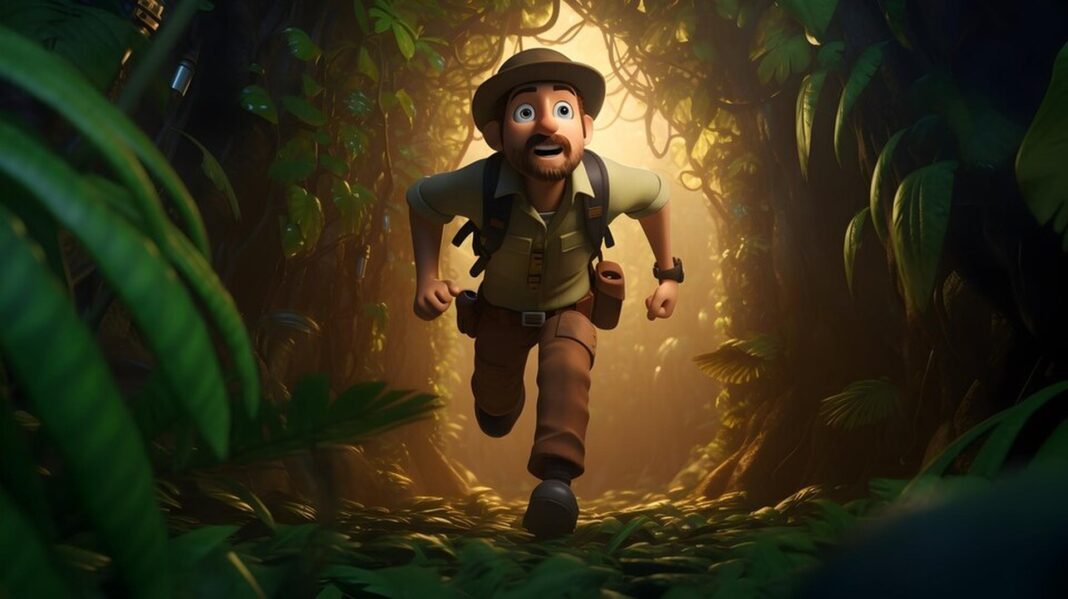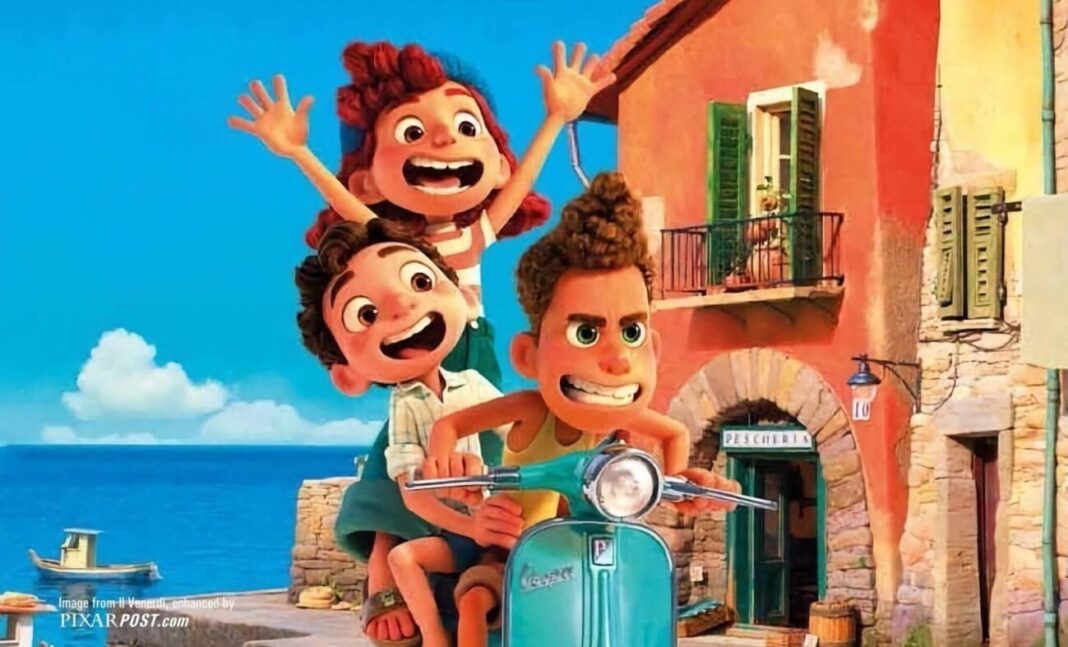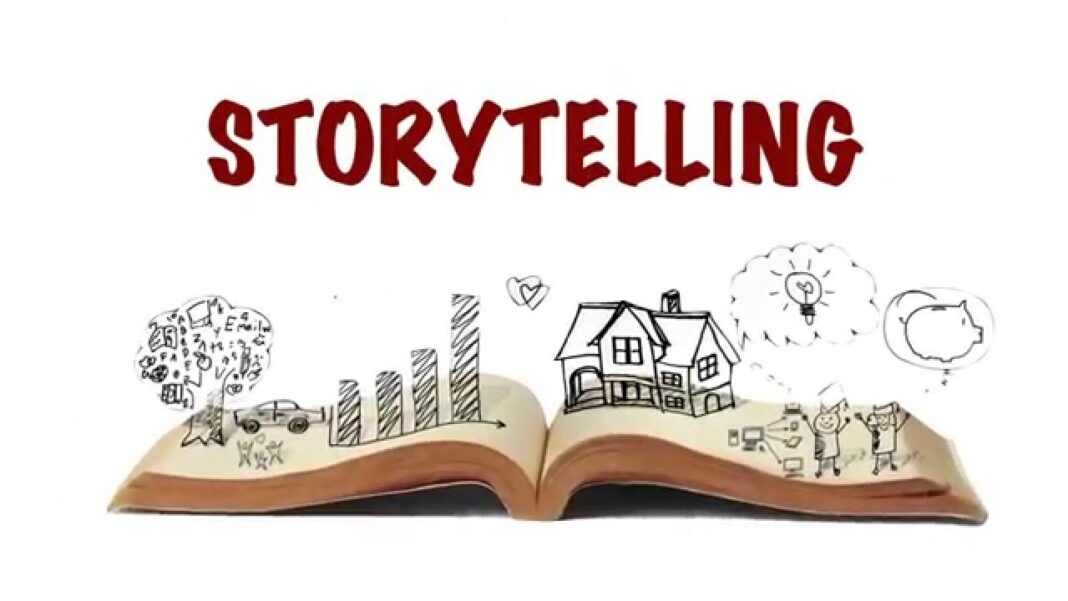Children’s media shapes their creativity and growth. Different formats engage youngsters differently. Animation and live action are important. Children like live action because of its relevant situations. Colorful creatures populate animated enchanted realms.
Young audiences react differently to these methods affecting their story and character knowledge. This article discusses children’s media including live action attractions mixed formats and animation storytelling emotional depth. It underlines how these components connect with kids and teach important values and life skills.
Why Live Action Appeals To Children
Live action shows familiar places to kids. The real world setting helps people connect with the characters. They bond when they see themselves or in familiar settings. Real performers show many emotions. This variation engages kids. Empathizing with characters makes their experiences seem real.
Live action films typically have kid friendly experiences. They can watch actual kids and adults on adventures overcoming obstacles and having fun. The presence of actors increases realism. Kids dream about such trips. This link between childhood imagination and live action storytelling excites them.
Live action also appears in films shows and instructional programs. These versions let kids explore various emotions and ideas. Thus real activity broadens their worldview. It may also encourage ambitious dreams and critical thinking in kids.
Finally, live action promotes cooperation and collaboration. Children learn social skills by seeing characters collaborate. It builds community which is crucial to their growth. Live action expands children’s worldview and creativity.
Blurring The Lines Hybrid Formats In Children Media
Children’s media hybrids combine animation and real action. This combo helps creators reach kids. The mixture is the finest of both worlds. Animation expands creativity and possibilities. Live action adds realism and relatability. These forms intrigue kids. The novelty keeps them interested.
Shows using hybrid forms may cover many subjects. These changes enable the narrative to explore multiple emotions. Characters may have extraordinary experiences in realistic circumstances. The dual method encourages creativity and teaches essential lessons. Hybrid media also switches between comedy and drama quickly. Children like the mood changes which keeps them interested.
The creative flexibility of hybrid forms spurs creativity. Creators might try new methods to attract younger audiences. Children see their favorite characters interact in unexpected ways. This deepens their connection to the tales and expands their imaginations promoting creativity.
Hybrid forms engage audiences beyond entertainment. Children play out tales, draw characters and debate them. This contact helps kids absorb story themes and teachings. Blending animation and real action enhances media for children with different tastes.
Genres That Resonate Adventure Fantasy And More
Young audiences love adventure and fantasy. Children enter wonderful realms with endless possibilities in these styles. They provide escapism. Heroic tales and fantastic animals capture their minds. Kids want to imagine themselves as these daredevils.
Quests and difficulties are common in adventure tales. They stimulate young viewers‘ problem solving. When characters overcome hurdles, kids learn resilience. They learn bravery, camaraderie and collaboration. These lessons may affect how people handle life obstacles.
Fantasy media adds wonder. Children love observing unusual happenings. Magical beings and inconceivable situations intrigue. Children may build their own experiences in this genre. Immersion in these tales leads to creative play and storytelling.
Fantasy and adventure are appealing because of their unpredictability. Surprises, twists and turns delight kids. They follow the story enthusiastically. Genres enrich experiences. They encourage kids to relate to the characters and their adventures.
Adventure and fantasy themes captivate kids. Social and moral lessons are taught via intriguing stories and character arcs. These tales encourage young minds to think, explore and anticipate a better future.
The Emotional Impact Of Animated Storytelling
Animation is crucial to children’s narrative. It enhances character and story emotion. Animation attracts kids with its vivid graphics and unusual attitudes. These vibrant characters are relatable. Thus youngsters relate to tales better.
Animated tales often emphasize love, friendship and persistence. Such notions are crucial for kids‘ emotional development. They teach kids empathy and their sentiments. Young viewers like character journeys. Their emotional development and awareness are boosted by seeing themselves in similar circumstances.
Animation elicits many emotions. Visuals and music generate immersion. This arrangement enhances pleasure, grief , terror and victory. When they see comparable emotions in animation they learn to express them.
Animation helps youngsters to talk about emotions. They discuss characters and plots with parents and classmates. These charts show their closeness and emotional knowledge. Through connecting they gain social skills and strengthen relationships.
The heart of animation is narrative. It explains life lessons well. Animated storytelling helps children learn and develop by creating emotional connections.
Live Action Bringing Characters To Life
Live action brings people and tales to life. Seeing actual individuals play cherished characters is engrossing. Young viewers relate to the characters. This relatability inspires empathy and love of their favorite tales. Live performers‘ emotions attract kids. As they follow the characters they experience their hardships and accomplishments.
Visual storytelling captures life details in live action. Facial expressions and body language help decipher characters. Children pick up nonverbal clues. Their favorite tales teach them about relationships.
Watching their favorite characters perform enhances the storytelling. Real life settings and engaging narratives help explain complicated subjects. Young viewers understand the character morals and problems better. These stronger connections boost their emotional commitment to the tale.
Live action offers diverse personalities and stories. It shows them real world cultures, experiences and backgrounds. Children learn crucial social skills by seeing other individuals and opinions. Understanding varied experiences boosts emotional intelligence and empathy.
Live action characters inspire kids. Their acts and replies inspire kids. They inspire bravery and resolve to face real life obstacles. Children see the world differently when live action brings excitement to daily life.
How Animation Teaches Values And Lessons?
Children learn morals and lessons via animation. It teaches morals and ethics via narrative. Fun characters and colorful animation make learning memorable. Kids subconsciously learn these lessons. They usually grasp their environment better.
Animated tales often address universal issues. Common are friendship, compassion , honesty and empathy. These principles help kids develop morals. As kids see characters solve problems they make better choices. These relevant examples help kids grasp their choices‘ repercussions.
Animation simplifies complicated topics. This method simplifies abstract notions. Young viewers can understand complex topics in animated storytelling. Visuals increase understanding and retention making learning fun.



